I recently listened to Professor Richard Thaler speak on the ABC about his work in the field of economics. In 2017, Thaler was awarded a Nobel prize in his field for his work on Behavioural Economics and his work has been instrumental in government policy, retail, health, and many other applications. What intrigued me when I listened to him speak on a podcast was how applicable some of this theory has been in the world of real estate.
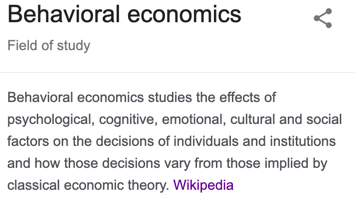
People make critical decisions when faced with the task of purchasing property, and sometimes these decisions are not entirely rational.
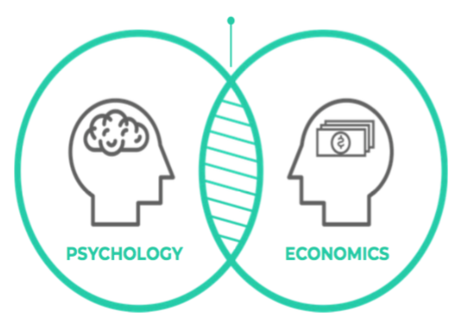
One tiny facet of behavioural economics that Thaler talked about was the concept of “the nudge”; a tactic that has become heavily adopted by many retailers, governments, service providers and even apps on our smart phone. The nudge influences people’s choices often; from purchasing a second pair of shoes in an effort to take advantage of a retailer’s “buy your second pair for half price” offering, to selecting a chocolate bar at the cash register because, well… its there, it’s caught the consumer’s eye and it’s convenient.
In a lot of cases, the “nudge” is so effective because “it takes advantage of human psychology and a number of other concepts in behavioural economics, including mental accounting—the idea that people treat money differently based on context. For example, people are more willing to drive across town to save $10 on a $20 purchase than $10 on a $1,000 purchase, even though the effort expended and the amount of money saved would be the same.” (Source: Behavioural Economics Explained; UChicago News – by Max Witynski 2021)
When we circle back to Australian real estate and consider the “nudges” that have characterised trends within our property market, it’s interesting to recall the motivation and impact of some of these nudges.
The first is the most recent that comes to mind; our State Government’s sub-million dollar stamp duty offering following our first 2020 lockdown reopening, in an effort to stimulate the property market and the building industry. Purchasers of residential property up to $1M were offered a 25% stamp duty discount on all established property transactions within the 20/21 financial year, while brand new build purchasers could enjoy a 50% discount.
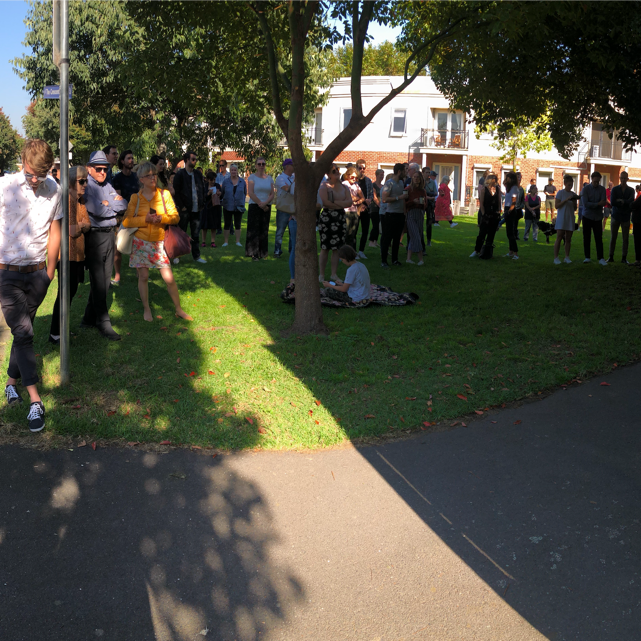
We saw an enormous run on property transactions in this price band, and not only did buyer numbers skew sales results, but in the early stages following the introduction of the discount, vendors who had sold properties in the days preceding the announcement experienced buyers exiting the contract by exercising their right to cool off.
While this was only over a few days, the impact for some vendors and their agents was difficult.
More concerning, however was the increased level of competition at the $900,000 – $1,000,000 price point, as hungry buyers pounced into the buyer pool hoping to actualise their stamp duty discount.
Rationality went out the window for many.
I saw buyers who could have targeted a $1,050,000 property downgrade their budget in an effort to obtain the discount. What they lost sight of during this period was the fact that they were paying a million dollars for a property that could justifiably be appraised at $950,000. The sheer amount of competition at the time in this particular price band saw many properties fetching prices some 5% over their appraised value.
In a market already fuelled by low interest rates and tighter stock levels than historical years, this incentive certainly did “nudge” this segment of the market.
The next example of a property nudge is our Federal Government’s HomeBuilder grant. At the commencement of the scheme, our government offered a $25,000 grant to eligible recipients who were electing to build new or renovate. The conditions included a minimum build cost of $150,000, (among other conditions), and within a short space of time, the impact of trade/builder shortage started to show.
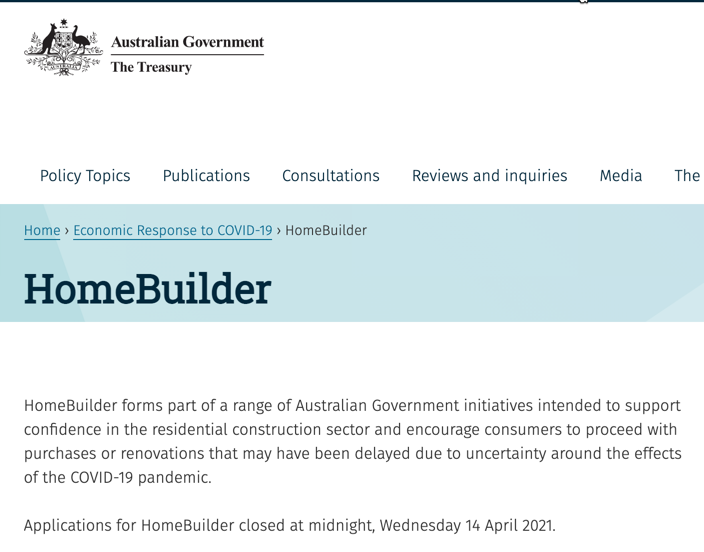
Regardless of the fact that building contract quotes started to soar, people were still excited about their $25,000.
For many, this would have been a false economy.
And last but not least, I recall the impact on our apartment and villa unit market back in 2017 when our first home buyers were further incentivised with a zero-stamp duty offering. Not only did this see an enormous rush of buyers in the sub-$600,000 market, but it also so an increased number of first home buyers who could enter the market earlier than initially planned due to their freed up capital contribution.
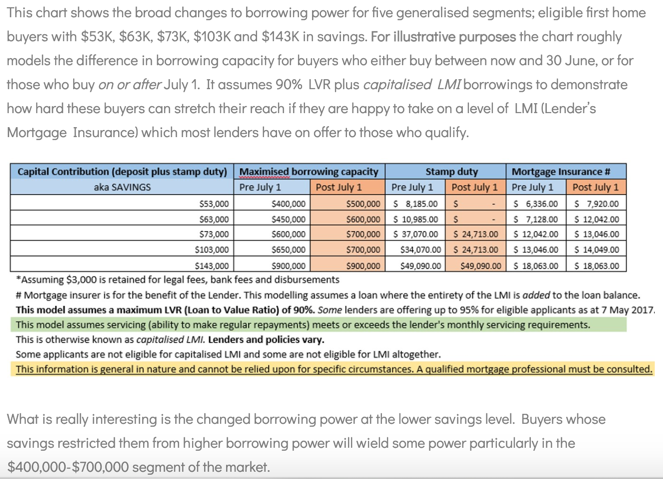
Looking back at my observations at the time of writing the blog in 2017, the inner-ring villa unit market experienced a surge in price growth in a short space of time from this very contingent.
Nudges, (and in particular consumer’s mental accounting following a nudge) have had significant impacts over the years on the property industry, and in particular within certain subsets of our housing market.
REGISTER TO OUR NEWSLETTER
INFORMATION
CONTACT US
1A/58 ANDERSON STREET,
YARRAVILLE VIC 3013
0422 638 362
03 7000 6026
CATE@CATEBAKOS.COM.AU
